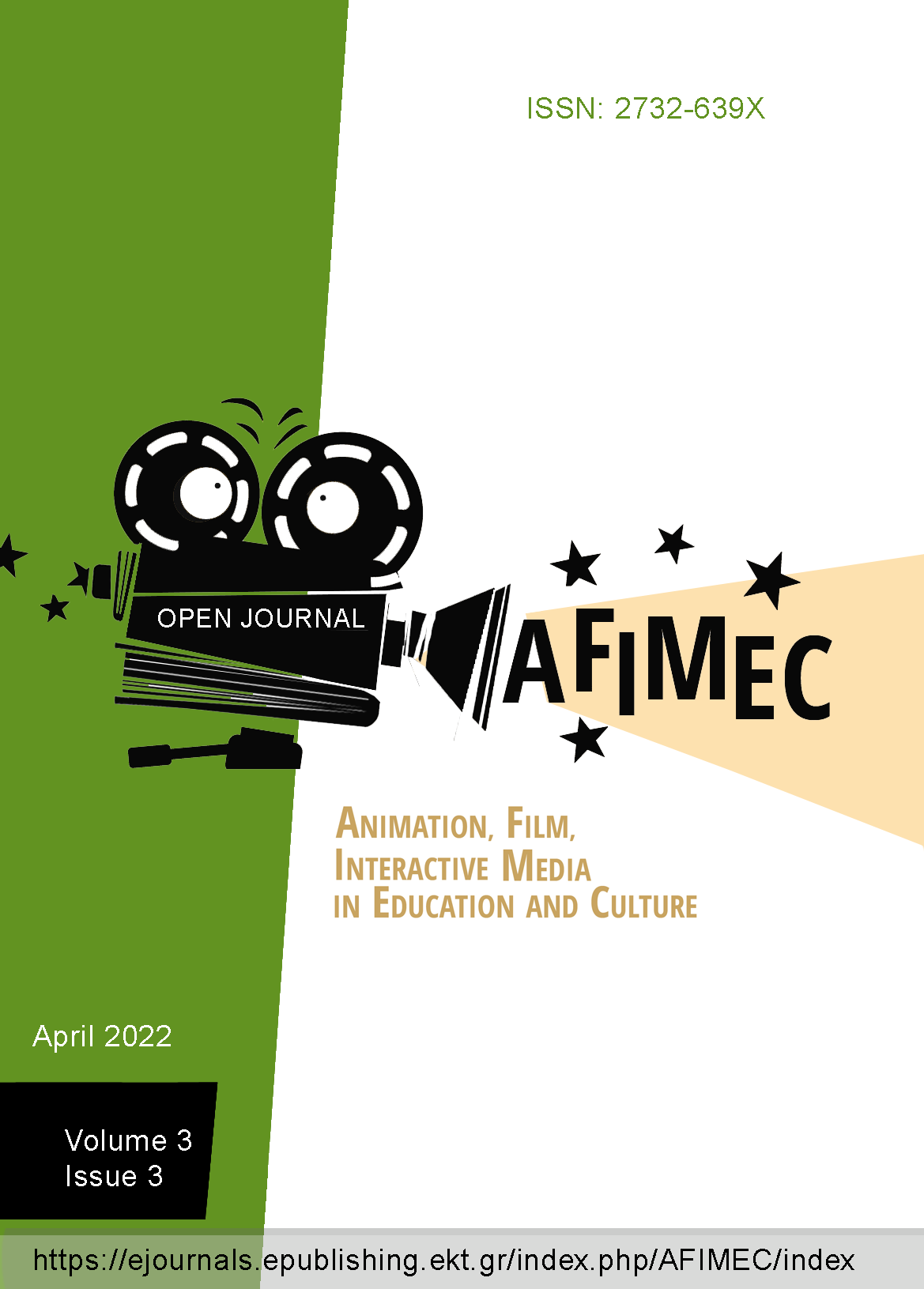Η περιβαλλοντική επικοινωνία με χρήση ήχου, εικόνας και κειμένου για την προαγωγή της υγείας και της ψυχικής ανθεκτικότητας μέσω του έργου, στην τριτοβάθμια εκπαίδευση, κατά την περίοδο COVID-19

Abstract
The individual is an open system that interacts with the environment, and environmental factors affect his daily activities or occupations. The purpose of this project is to highlight the ways of human-environment interaction through occupation, in the period of confinement due to Covid-19 and the interaction between physical and digital environment. Thus, a creative online festival was held by the University of Western Macedonia to promote health and psychological resilience of the academic community (1st e-festival of the University of Western Macedonia, 16 & 17 May 2020). The e-festival was held on zoom and live-streamed on the university’s official Facebook page. The 242 occupations of the 121 participants were hosted on the festival’s website (https://efestival.uowm.gr/), which attracted nearly 3,000 unique visitors during the event. The two-day e-festival lasted, in total, 4 hours 14 minutes, with 8.5K views and 20K watch minutes. In the key comments of the participants, the main areas of focus included phycological resilience, empathy, creativity, human relationships, communication, and nature. The participation in this project with creative activities strengthened participators’ psychological resilience, promoting communication thanks to the interaction between natural and digital environments.
Article Details
- How to Cite
-
Κατσιάνα Α., Γιαννακοπούλου Α., & Σπύρτου Ά. (2022). Η περιβαλλοντική επικοινωνία με χρήση ήχου, εικόνας και κειμένου για την προαγωγή της υγείας και της ψυχικής ανθεκτικότητας μέσω του έργου, στην τριτοβάθμια εκπαίδευση, κατά την περίοδο COVID-19. Open Journal of Animation, Film and Interactive Media in Education and Culture [AFIMinEC], 3(3). https://doi.org/10.12681/afiinmec.31736
- Section
- Articles
- Οι Συγγραφείς διατηρούν τα Πνευματικά Δικαιώματα και χορηγούν στο περιοδικό το δικαίωμα της πρώτης δημοσίευσης ενώ ταυτόχρονα τα πνευματικά δικαιώματα της εργασίας προστατεύονται σύμφωνα με την Creative Commons Attribution License που επιτρέπει σε τρίτους - αποδέκτες της άδειας να χρησιμοποιούν την εργασία όπως θέλουν με την προϋπόθεση της διατήρησης των διατυπώσεων που προβλέπονται στην άδεια σχετικά με την αναφορά στον αρχικό δημιουργό και την αρχική δημοσίευση σε αυτό το περιοδικό.
- Οι Συγγραφείς μπορούν να συνάπτουν ξεχωριστές, και πρόσθετες συμβάσεις και συμφωνίες για την μη αποκλειστική διανομή της εργασίας όπως δημοσιεύτηκε στο περιοδικό αυτό (π.χ. κατάθεση σε ένα ακαδημαϊκό καταθετήριο ή δημοσίευση σε ένα βιβλίο), με την προϋπόθεση της αναγνώρισης και την αναφοράς της πρώτης δημοσίευσης σε αυτό το περιοδικό.


